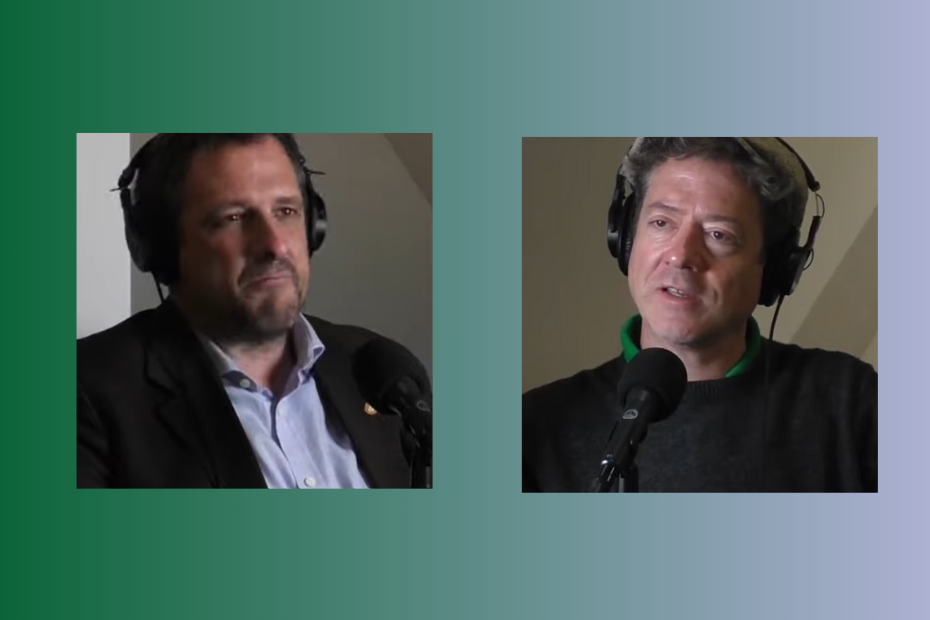Our next talks are all about the science and technology of seasteading— how they will be built, how they will integrate with the environment, and how seasteads could provide a platform for conducting cutting-edge medical research that could save millions of lives– soon.
Yes, I am serious. We may have secured a powerful partnership with a French Polynesian medical research institute, led by Hervé Bossin who will tell you all about it.
Read the quotes below and see if they inspire you to listen to these talks.
“This story seems like science fiction, but we’ve already started. We are building floating structures in the Netherlands as a first step towards future floating developments, maybe one day out in the ocean. We started a pilot project in Rotterdam. We built and and towed it across the river to its final destination. This one project generated so much interest, it became a magnet for students, for powerful brands that are presenting new efficient sustainable ways of transporting. [For instance] this is BMW…
“Five years ago, we got into contact with The Seasteading Institute, and we were really happy to find another community that had ideas that are probably crazier than ours…What could be the first step to make this a reality? Together we thought of a strategy…
“We want to come up with architecture that actually does justice to the mana, the local system, something that is humble, that is not screaming in your face like a modern structure, but something that is a mokulana, a sacred floating island.”
“We want to create value for not only people and profits but also for the planet….We won’t take any energy from fossil fuels, but we will produce it ourselves locally, and ideally we will produce even more, so we can give it back to the island. The principle of circular economy!”
“The purpose of the Wolbachia technology is to mass produce male mosquitoes and release them in the field so that they can mate with the females and thereby sterilize those females…
“In March of this year former President Obama visited the Tetiaroa Society ecostation and even agreed to help us release male mosquitoes at the site…The mosquito population collapsed by more than 99% in six months. That means you can go out in the forest and there’s no bites whatsoever. It’s a sustainable approach that is done without the use of insecticides. This has led to media exposure that scientists are not accustomed to, including National Geographic, People, and The Hollywood Reporter.
“We are now ready to move to Island-scale production, and this is what brings us to Seasteading. In March, Randy [Hencken] and Marc Collins organized a meeting in Moorea to talk about a potential relationship between The Seasteading Institute and the French Polynesian research institutes, and this has brought about some very fruitful discussions and ideas.
“As a result we developed a project to combine biology and engineering to design a floating platform that will allow us to raise and release mosquitoes closest to the release sites, to the Society Islands and beyond.
“The question then is, will seasteaders be part of what will prove to be a very disruptive technology?”




